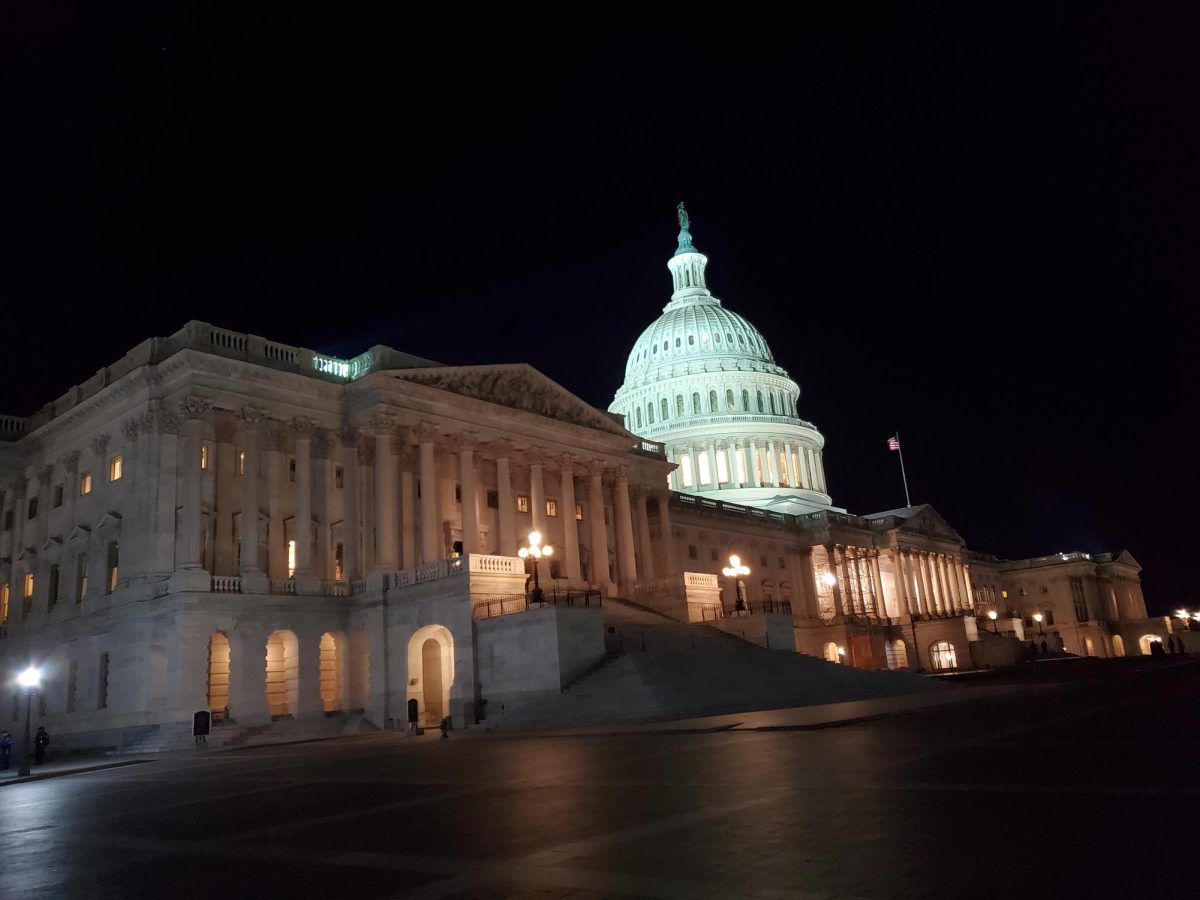After a number of implicit claims and rumors, China’s environmental authority has finally acknowledged the existence of “cancer villages.” The cancer villages have a significantly higher cancer rate compared to the national average, which is speculated to have been caused by various environmental pollution problems.
The Chinese government has put forth a five-year plan this week, which stated, “Poisonous and harmful chemical materials have brought about many water and atmosphere emergencies … certain places are even seeing ‘cancer villages.’”
Furthermore, the report acknowledged that China used “poisonous and harmful chemical products” that are banned and that “pose long-term or potential harm to human health and the ecology.”
However, Chinese officials have announced plans to alleviate pollution and its serious consequences.
Wang Canfa, an environmental lawyer who runs an aid center for victims of pollution, said that it was the first time the phrase “cancer village” had appeared in a public Chinese legal document. He said, “It shows that the environment ministry has acknowledged that pollution has led to people getting cancer. It shows that this issue, of environmental pollution leading to health damages, has drawn attention.”
On the other hand, many people believe that the environmental issues, which impact citizens’ health, are a result of China’s rapid growth. China has levels of industrial production that would be banned in many other developed countries.
In general, the cancer villages tend to be located near major rivers, where people have gathered for generations. The major rivers also tended to attract industrial parks seeking access to water. Lee Liu, an academic of the University of Central Missouri, said, “Water contamination from industrial pollution is believed to be the main cause of cancer villages.”
The risk of contracting cancer has shot up 80 percent over the past three decades and has become China’s most common cause of death. The Cancer Registry has reported that 2.7 million Chinese people die from cancer each year.
In an attempt to spread awareness, in 2010, Deng Fei, an investigative journalist and environmentalist activist, posted a map of China’s cancer villages. He was able to map out 100 of them in 27 provinces. Deng Fei also detailed the proximity of factories to these villages in order to show that pollution was indeed linked to serious decline in health, which usually led to death.
Earlier this week, Deng Fei encouraged his followers to post pictures of local rivers and lakes. He received many photos of polluted water sources, garbage-infested rivers and chemical dumping into water sources in different areas of China.
Even more alarming is that the readings for toxic particles has exceeded the designated readings for several days in a row.
The rising levels of pollution and its link to the cancer villages have caused public outcry and an intense debate on the cost of China’s rapid economic growth.






